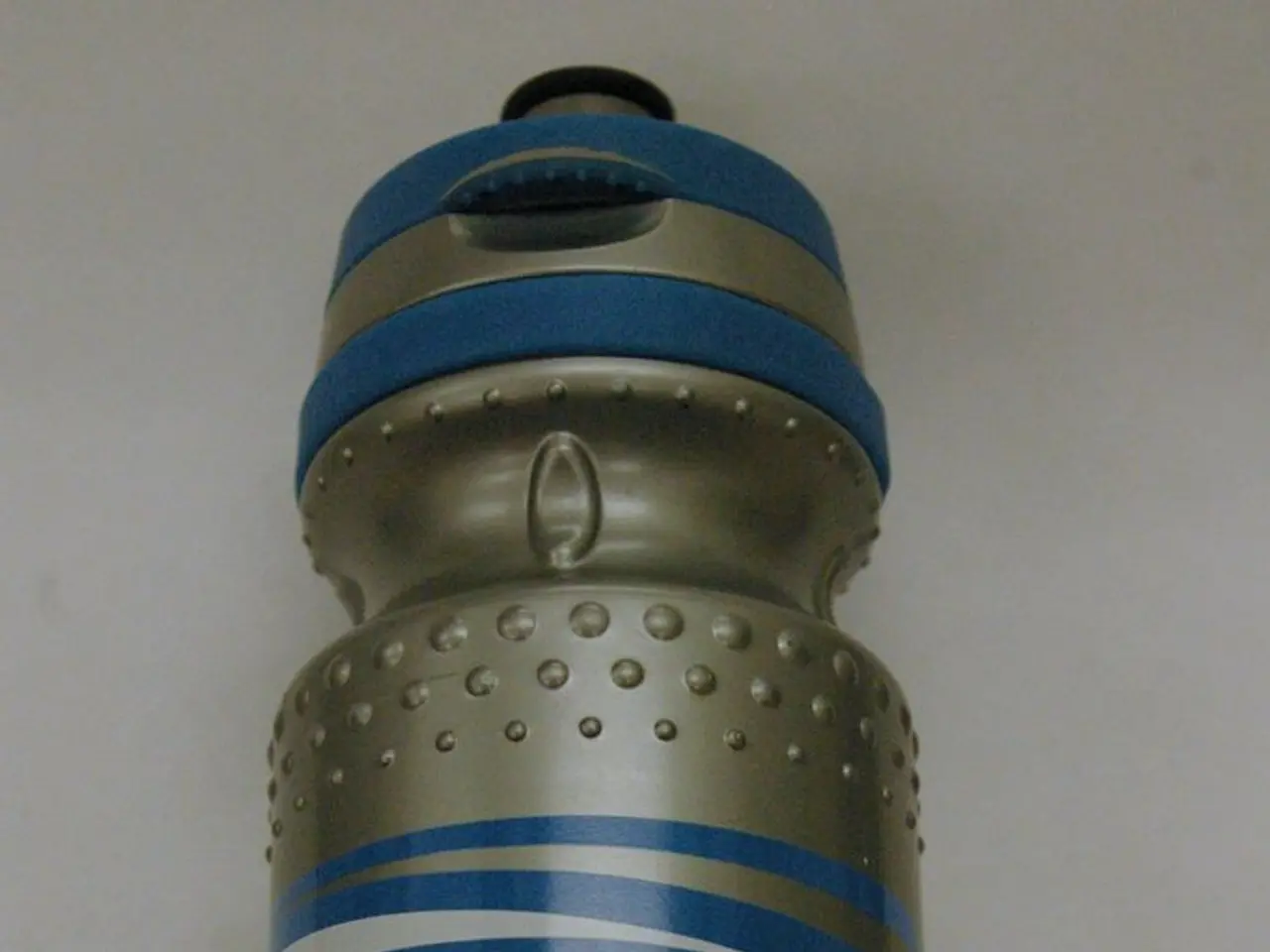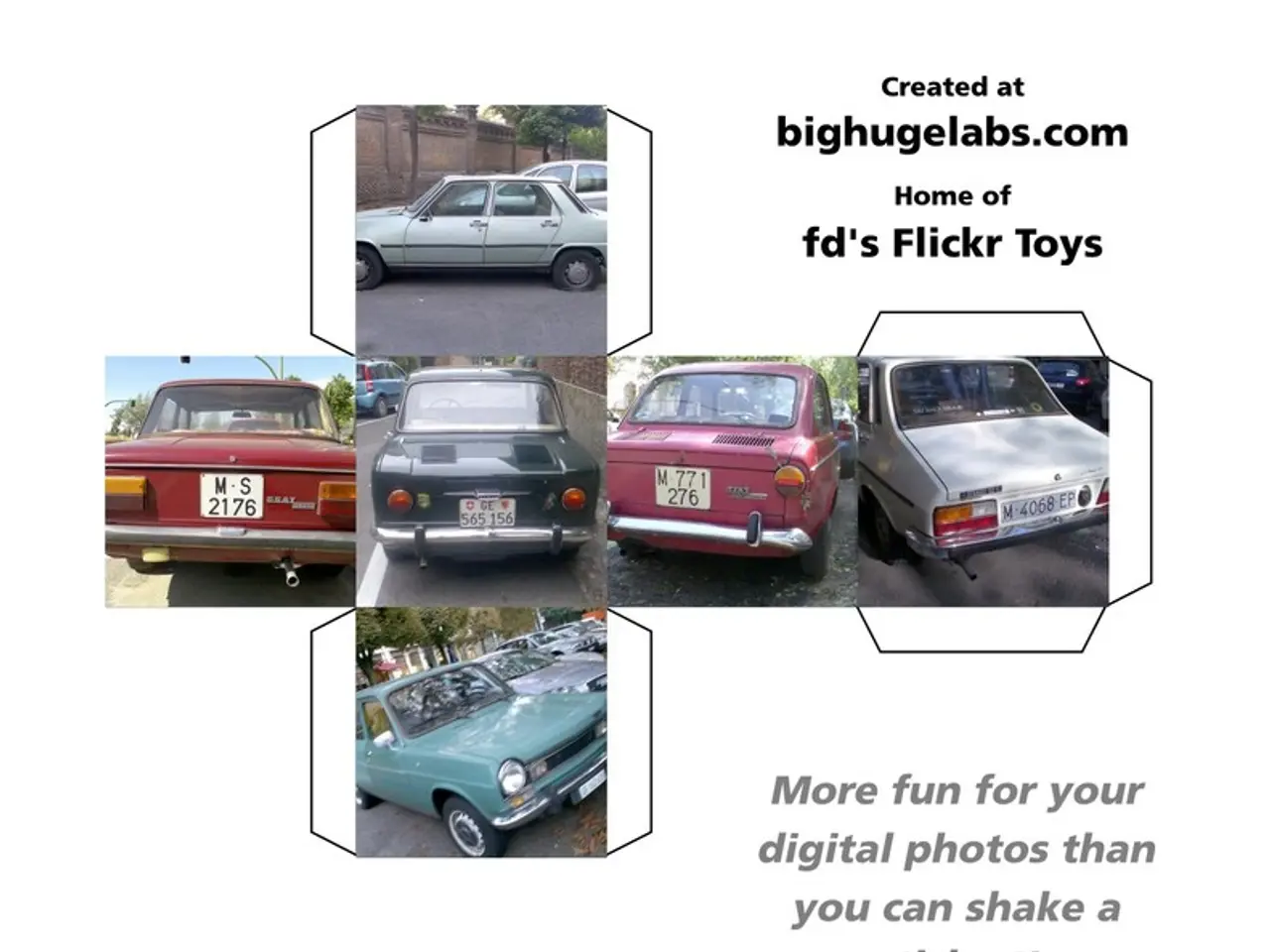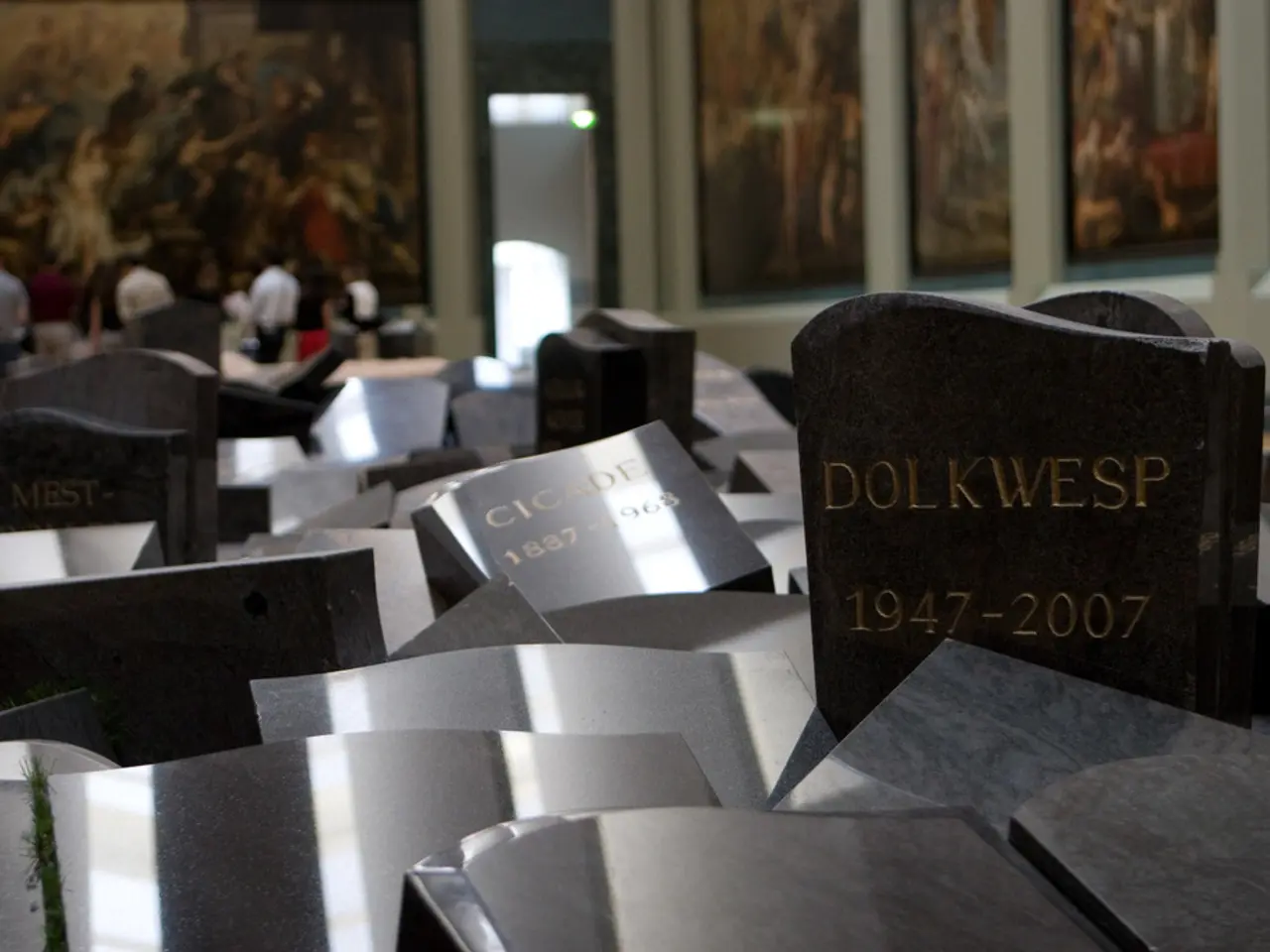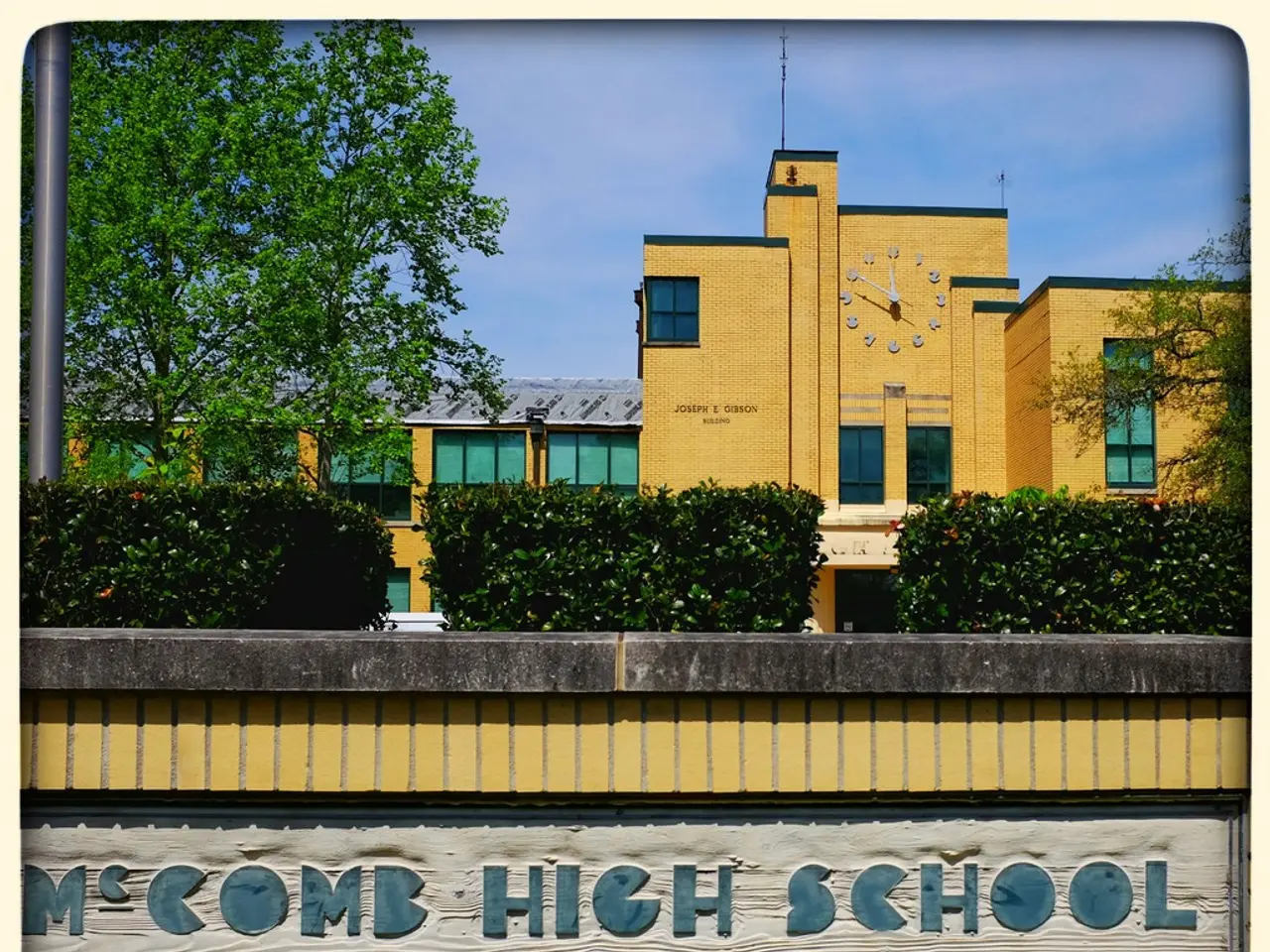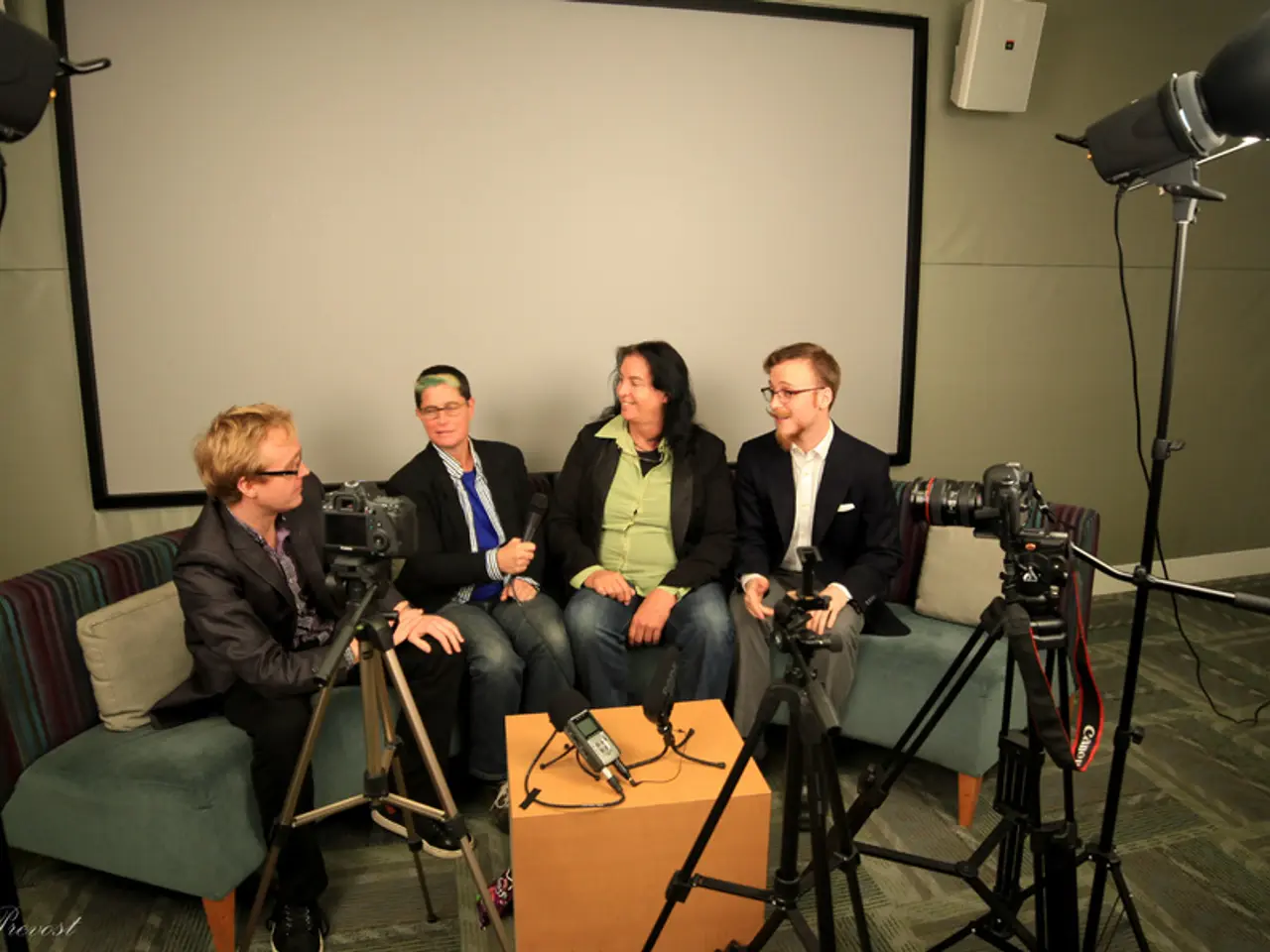Nuclear chemist: Athol Rafter
In the realm of nuclear chemistry and archaeology, Athol Rafter stands as a significant figure in New Zealand's scientific history. Born in Wellington in 1913, Rafter's life and achievements have left a lasting impact on the field of radiocarbon dating.
### Early Life and Education
Rafter's early life and education are less documented, but by the 1940s, he was establishing himself in nuclear science. He obtained his BSc and Chemistry MSc at Victoria University College, Wellington in 1935 and 1938, respectively.
### Career Highlights
- **1948**: Rafter joined the Department of Scientific and Industrial Research (DSIR), where he contributed to nuclear research. - **1950s**: At DSIR’s Institute of Nuclear Sciences in Lower Hutt, Rafter began work related to radiocarbon dating. - **1954**: Rafter and his team developed New Zealand’s first radiocarbon dating laboratory, which became a key center for radiocarbon research in the Southern Hemisphere. - **1950s-1970s**: Rafter refined the radiocarbon dating techniques, improving the accuracy, sample preparation, and calibration of radiocarbon dates. These refinements were critical for archaeological and geological applications, especially in Pacific and New Zealand contexts. - **1953**: Rafter and colleague Gordon Fergusson obtained the first radiocarbon dates for moa bones and Taupo ash layers. - **1957**: Rafter and Fergusson published their paper 'The Atom Bomb Effect', linking a measured increase in radiocarbon in the atmosphere with nuclear weapons testing in the 1950s. - **1958**: Rafter received the OBE (Officer of the Most Excellent Order of the British Empire) for services to science and education. - **1968**: Rafter was awarded an honorary doctorate in science by Victoria University of Wellington for his radiocarbon work and geothermal studies using oxygen isotopes. - **1974**: The Waikato Radiocarbon Dating Laboratory was set up at the University of Waikato. - **1978**: Rafter retired from GNS Science but continued to be active on science committees. - **1993**: The Institute of Geological and Nuclear Sciences named their dating facility the Rafter Radiocarbon Laboratory to mark Rafter's 80th birthday. - **1996**: Athol Rafter passed away, leaving a legacy as a pioneer of nuclear chemistry and radiocarbon dating refinement in New Zealand.
### Contributions to Radiocarbon Dating
Rafter's work helped solidify the position of radiocarbon dating as a fundamental tool in archaeology and earth sciences in the Southern Hemisphere. His refinements in sample preparation and measurement techniques increased the accuracy of radiocarbon dates. Rafter also participated in calibration efforts, improving the reliability of radiocarbon dates. He promoted the application of radiocarbon dating in archaeology and geology, particularly in New Zealand and the Pacific region.
### Modern Advancements
In 1977, accelerator mass spectrometry (AMS) was introduced, making radiocarbon dating more accurate and using much smaller samples. In 2006, the shift to using the Bayesian statistical method allowed radiocarbon date ranges to be narrowed. A new accelerator mass spectrometer at the Rafter Radiocarbon Laboratory in 2010 made it the only facility of its kind in the southern hemisphere.
### Challenges and Limitations
Despite advancements, radiocarbon dating faces challenges, such as refining sample processing and calibration curves, the anomalies in some replicability of results, and differing cultural inferences around dates. Scientists and archaeologists must continue to use multiple lines of evidence and robust networks when interpreting radiocarbon data and drawing subsequent conclusions.
In conclusion, Athol Rafter's contributions to radiocarbon dating have been instrumental in advancing our understanding of Neanderthal distribution and extinction, as well as providing insights into various archaeological and geological contexts. His legacy continues to inspire and guide scientific research in the southern hemisphere.
- In the realm of education and self-development, the advancements in radiocarbon dating by scientists like Athol Rafter have opened up countless opportunities for students and researchers to study diverse subjects, such as medical conditions related to ancient environmental changes, health and wellness, space and astronomy, and archaeological mysteries.
- Leveraging the technology in radiocarbon dating, scientists can analyze medical-conditions and environmental alterations in past human populations, which is crucial for the progress of health-and-wellness research and advancing medical treatments.
- As our understanding of radiocarbon dating improves through technology and education, we are better equipped to explore mysteries of the universe, including the formation and evolution of stars and galaxies in the vast expanse of space and astronomy.
